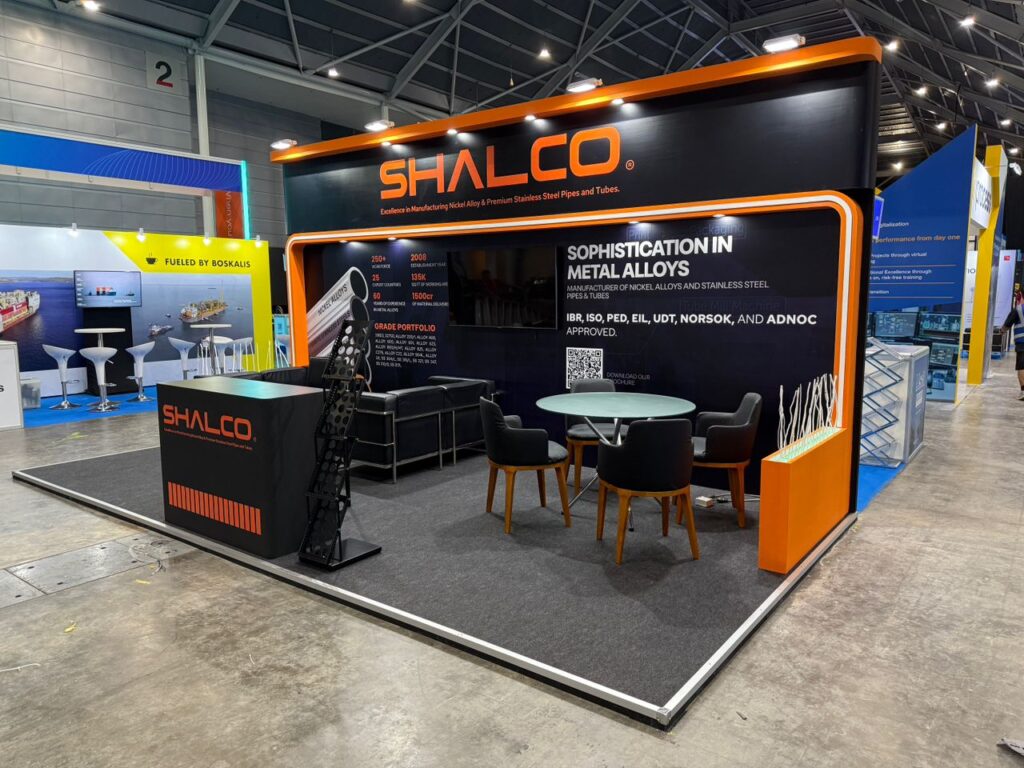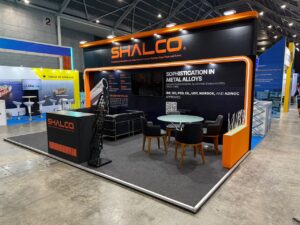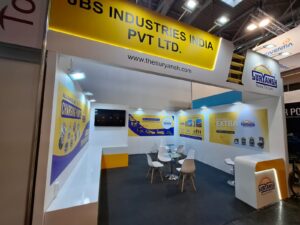The exhibition industry is experiencing its biggest transformation in decades. As we move through 2025, successful exhibitors are discovering that traditional booth designs simply aren’t cutting it anymore. Visitors expect more engaging, sustainable, and technologically advanced experiences. If you’re planning an exhibition this year, understanding these emerging trends isn’t just helpful—it’s essential for standing out in an increasingly competitive landscape.
Let’s explore the ten trends that are reshaping how companies connect with their audiences at trade shows and exhibitions.
1. Sustainable and Eco-Friendly Materials Take Center Stage
Green is the new gold in exhibition design. Companies are moving away from single-use materials toward sustainable alternatives that don’t compromise on visual impact.
What’s trending:
- Bamboo and recycled wood structures
- LED lighting systems that consume 80% less energy
- Reusable modular components that adapt to different spaces
- Living walls and natural plant installations
- Biodegradable promotional materials
Visitors increasingly choose to engage with brands that demonstrate environmental responsibility. A sustainable stall design isn’t just good for the planet—it’s good for business.
2. Modular and Flexible Stall Systems
One-size-fits-all is officially dead. Modern exhibitors need stalls that can adapt to different venues, budgets, and objectives without starting from scratch each time.
Key benefits:
- Easy reconfiguration for different space sizes
- Cost-effective for multiple exhibitions
- Quick setup and breakdown times
- Consistent branding across various events
Smart exhibitors are investing in modular systems that grow with their business needs while maintaining professional aesthetics.
3. Immersive Technology Integratio
Technology isn’t just an add-on anymore—it’s becoming the foundation of memorable exhibition experiences.
Popular tech integrations:
- Augmented Reality (AR) product demonstrations
- Virtual Reality (VR) facility tours and experiences
- Interactive touchscreens with personalized content
- Motion sensors that trigger displays when visitors approach
- AI-powered chatbots for instant visitor engagement
The key is using technology to enhance human connection, not replace it.
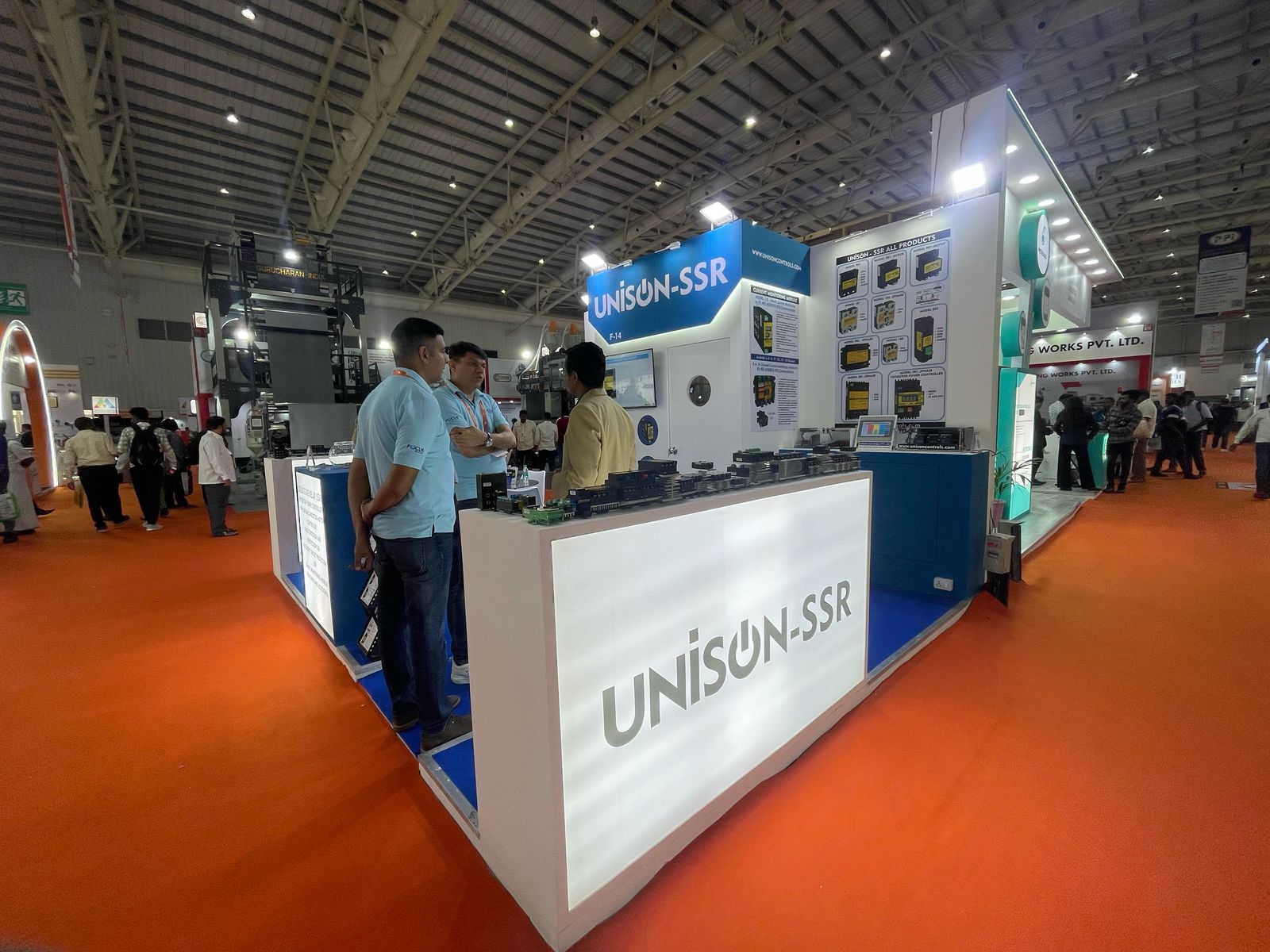
4. Biophilic Design Elements
Bringing nature indoors is more than just aesthetics—it’s psychology. Studies show that natural elements reduce stress and increase engagement.
Natural elements gaining popularity:
- Living moss walls and vertical gardens
- Natural wood textures and stone accents
- Water features and natural lighting
- Organic shapes and flowing designs
- Natural color palettes inspired by landscapes
These elements create calming environments that encourage longer visitor stays and deeper conversations.
5. Multi-Sensory Brand Experiences
Successful stalls now engage all five senses, creating memorable experiences that stick with visitors long after the event ends.
Sensory engagement strategies:
- Sound: Branded audio experiences and spatial sound design
- Touch: Interactive textures and hands-on product demonstrations
- Smell: Subtle scent marketing that reinforces brand identity
- Taste: Product sampling or themed refreshments
- Sight: Dynamic visual displays and color psychology
Multi-sensory experiences create emotional connections that traditional displays simply can’t match.
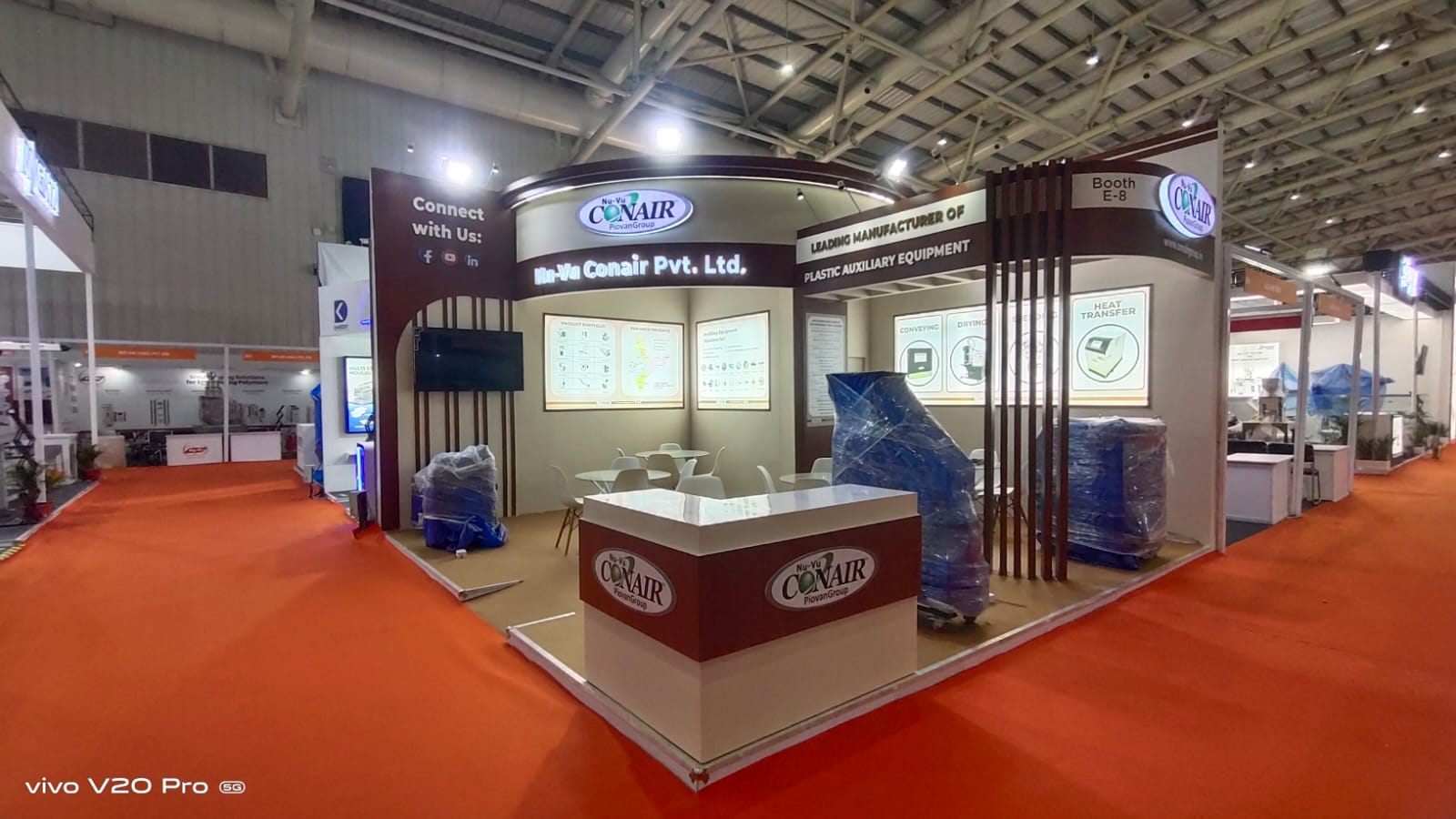
6. Minimalist and Clean Aesthetics
Less is definitely more in 2025 exhibition design. Cluttered stalls overwhelm visitors, while clean designs help key messages shine through.
Minimalist design principles:
- Strategic use of white space
- Bold, simple typography
- Limited color palettes with high impact
- Quality over quantity in display elements
- Clear sight lines and unobstructed pathways
This approach helps visitors focus on what matters most: your products and services.
7. Personalized Visitor Journeys
One-size-fits-all presentations are being replaced by customized experiences that adapt to individual visitor interests and needs.
Personalization techniques:
- Smart badges that customize content based on visitor profiles
- AI-driven recommendations for relevant products or services
- Personalized follow-up materials generated during visits
- Customizable demo experiences based on industry or role
Personalization shows visitors that you understand and value their specific needs.
8. Social Media Integration and Content Creation Spaces
Instagram-worthy moments are now essential exhibition design elements. Stalls are being designed as content creation studios that encourage social sharing.
Social-first design elements:
- Branded photo opportunities with perfect lighting
- Interactive installations that beg to be shared
- Live streaming areas for real-time content creation
- Hashtag campaigns integrated into stall design
- User-generated content displays featuring visitor posts
Smart exhibitors understand that social media extends their exhibition reach far beyond the event venue.
9. Health and Wellness Focused Spaces
Post-pandemic awareness has made health and wellness a permanent consideration in exhibition design.
Wellness-focused features:
- Improved air circulation systems
- Antimicrobial surfaces and materials
- Comfortable seating areas for longer conversations
- Hydration stations and healthy refreshments
- Stress-reducing design elements like natural lighting
These features demonstrate care for visitor wellbeing while creating more comfortable environments for meaningful interactions.
10. Data-Driven Design Optimization
Exhibition stalls are becoming smarter through integrated analytics that provide real-time insights into visitor behavior and engagement.
Smart analytics features:
- Heat mapping to understand traffic patterns
- Engagement tracking for different stall areas
- Lead quality scoring based on interaction depth
- Real-time adjustments to optimize visitor flow
- Post-event analysis for continuous improvement
This data helps exhibitors make informed decisions about stall layout, content, and staffing during and after events.

